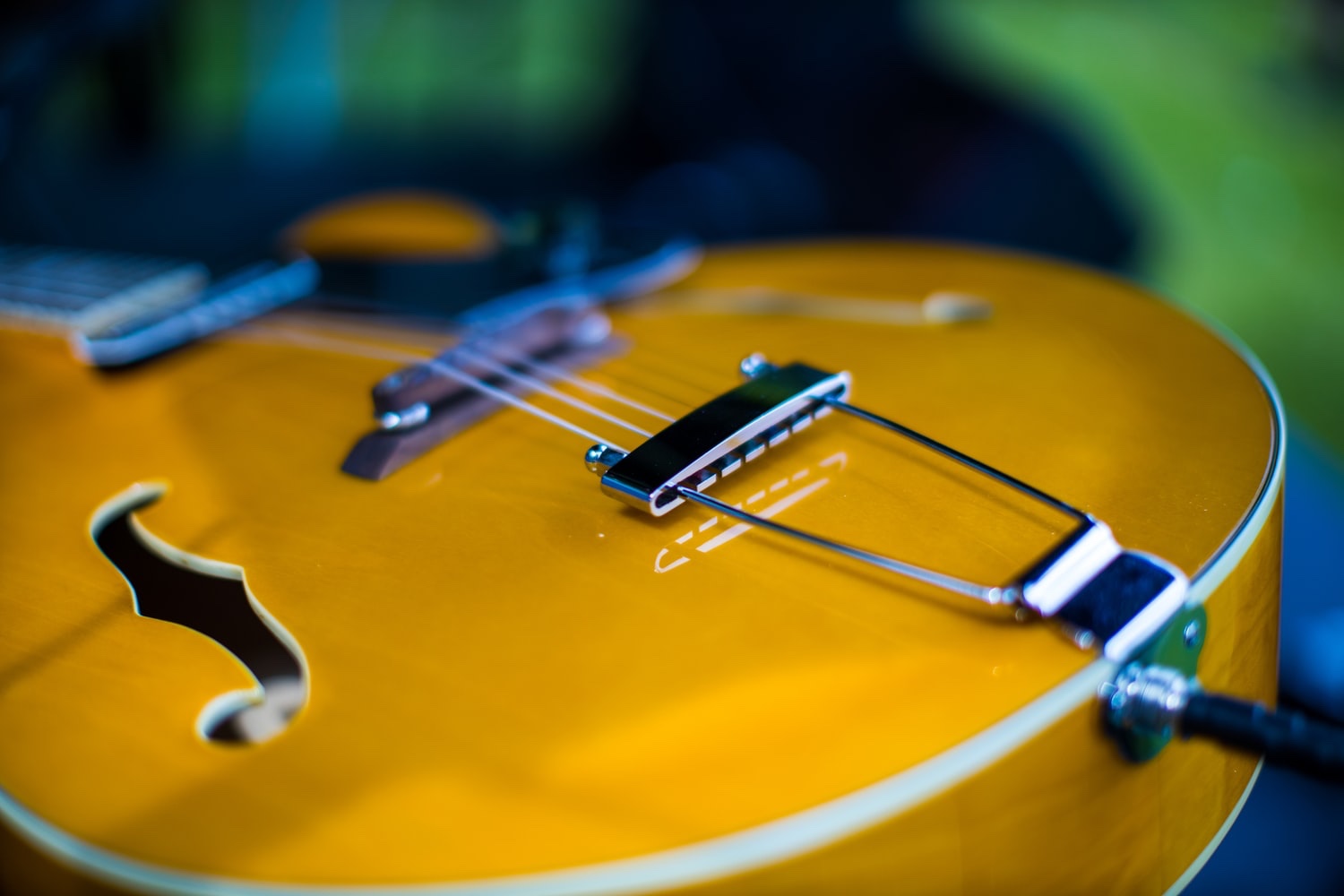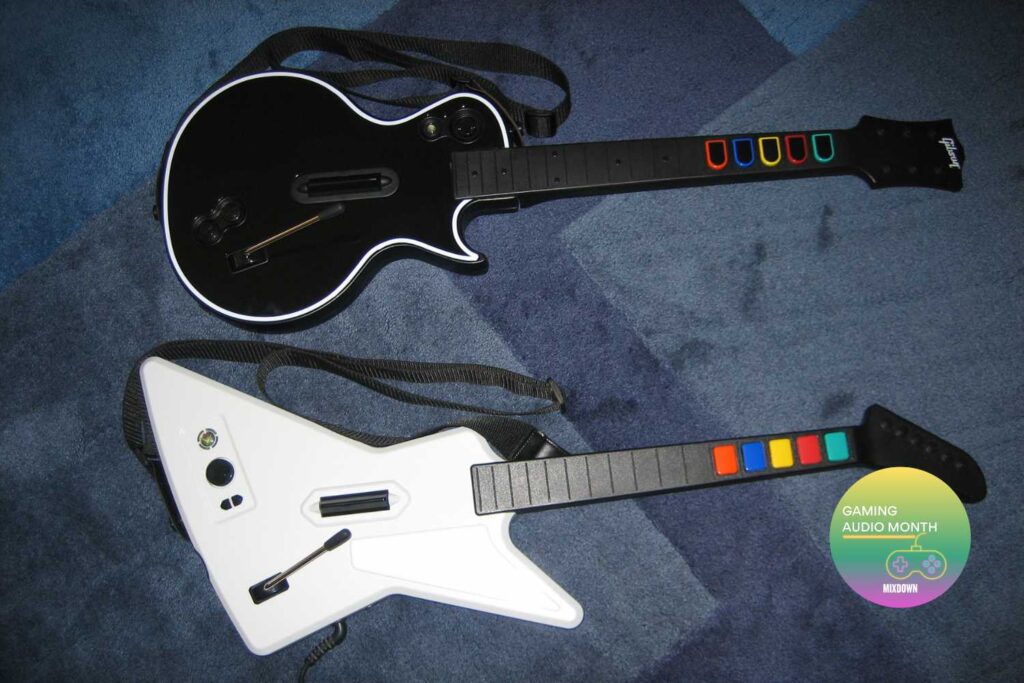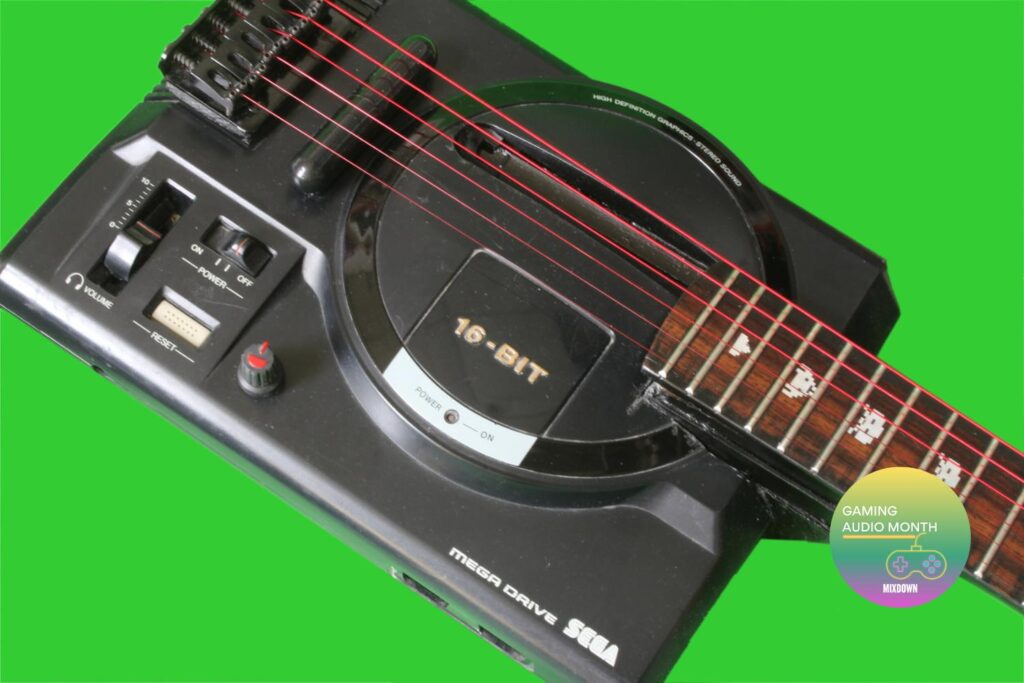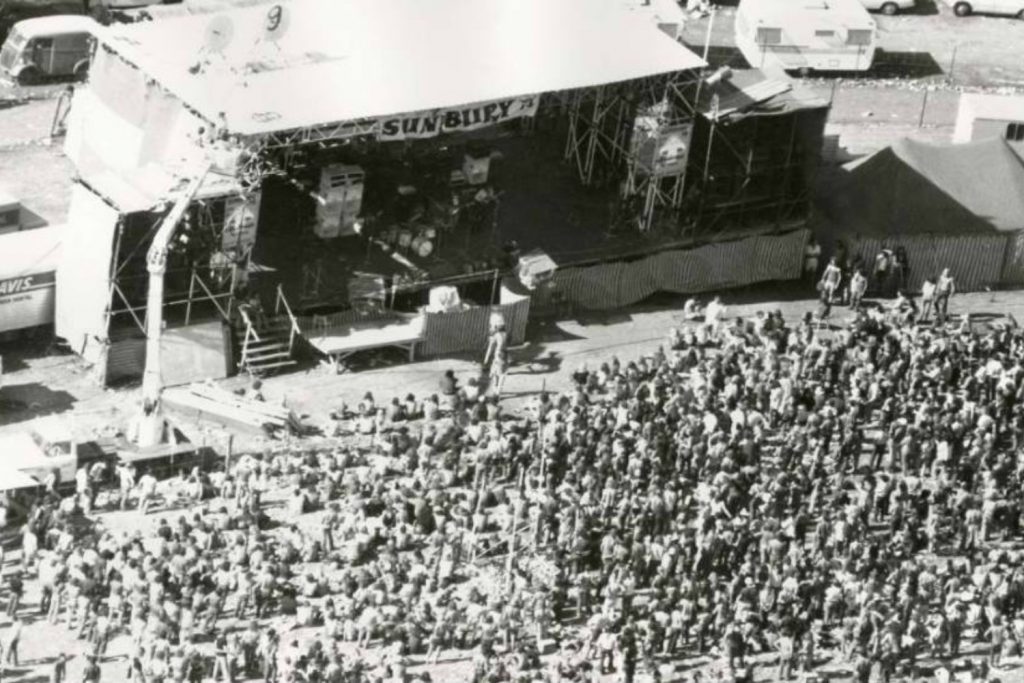Learn how to think outside the box with chord inversions.
Lead lines, bends and shredding are great, but as a guitarist, you’re going to spend a lot of time playing rhythm as well, and this is something that often takes a back seat when it comes to practice. Guitarists may know a heap of ways to solo over a certain chord progression, but then they only know one or two voicings of each chord – what!?!
Never miss an update – sign up to our newsletter for all the latest news, reviews, features and giveaways.
Learn more inversions
Let’s take a G Major chord (Figure A). Most people will know the open G shape and possibly a G barre chord in the 3rd fret. How about the rest of these voicings though? Getting to know the notes in each chord (G B D in the case of G Major) and then knowing your notes around the fretboard gives the knowledge to find/create these all over the neck. Imagine the possibilities then when you work through Major and minor chords, and then extensions like dom7, min9 and sus4 e!
This means that the next time you have a simple song and you want to move away from the standard chord shapes you always play, you’ll have options that give you a different sound and perhaps inspire some different ideas. It might also fill some gaps so you don’t have to jump frets to get to the next chord – there might already be a voicing near where you are.
Furthermore, if you’re playing with two chordal instruments in a band you might want to split the parts into one playing lower big voicings, and the other playing small higher sounds. This can create a nice contrast, you won’t step on each other’s toes and avoids the potentially super mushy everyone playing in the same range sound.
Figure B takes a common chord progression – G D Em C – with the first two bars using standard barre chords and 3 and 4 taking a smaller three-note approach. These might feel a little skimp next to the barre chords, but can also sound punchy due to their simplicity. Next, try bars 5 and 6 for higher three-note voicings that sit above those barre chords – perfect for the two guitar band setup.
The next step would be then to create some rhythmic contrast. Let’s make Figure C our first rhythm part with big jangly barre chords played as minims, and then take our higher voicings and add some rhythmic ideas (Figure D).
Playing on the 2 and then on the 3+ works as a call and answer to the first guitar part (Figure C), and the combination of the rhythm and the higher voicings complements the first guitar part while creating contrast – add in variations, rinse, repeat. Now think how many variations you could come up with voicings and rhythm!
The moral of the story from these ramblings? Add some chords and chord voicings to your arsenal! It will give you options for different sounds. Next time we’ll stretch these ideas further!
Check out all our columns for more guitar lessons and fretboard advice.







